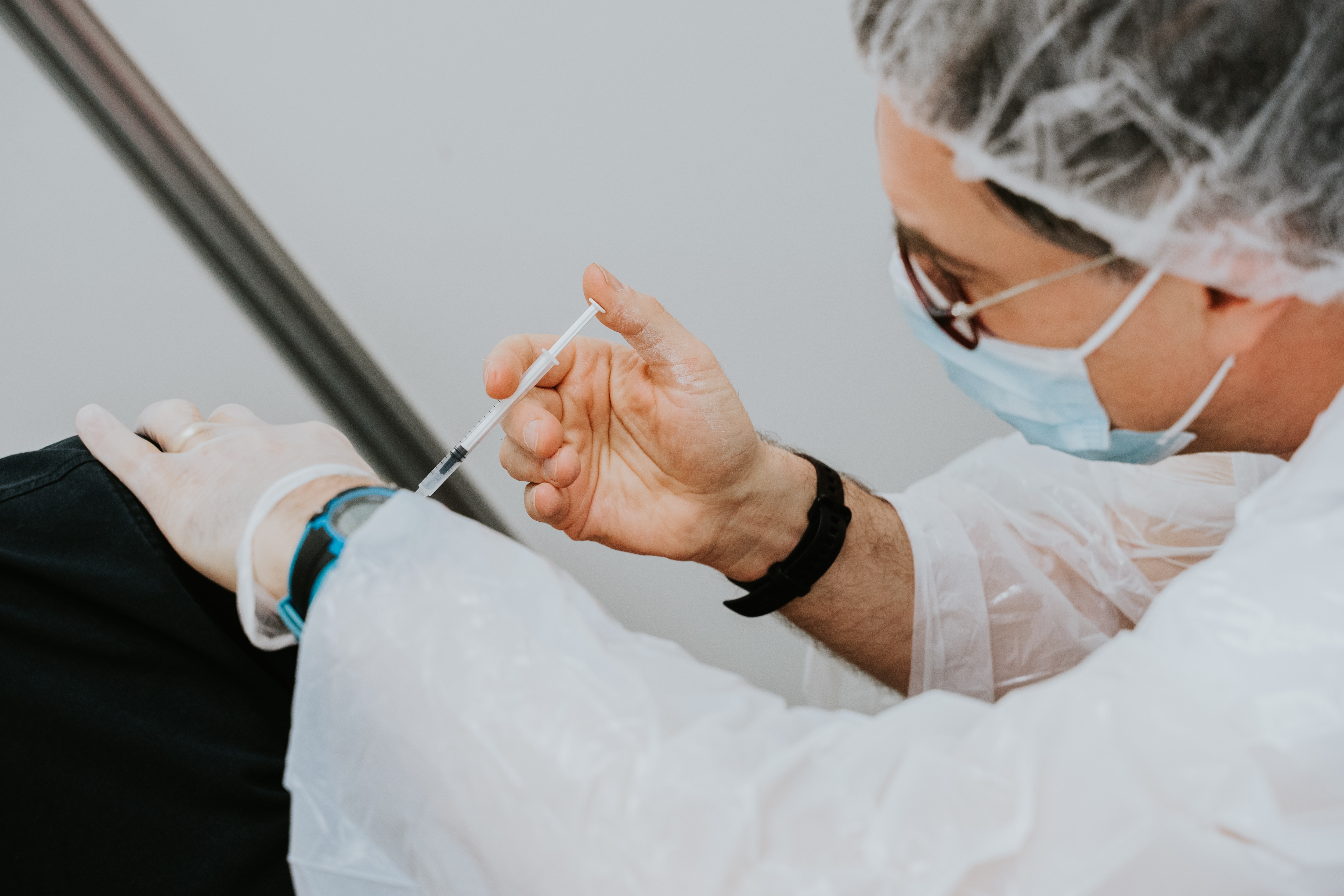Alternatives to PRP therapy

Platelet-rich plasma (PRP) therapy has now been classed as an unlicensed human medicine by the Medicines and Healthcare products Regulatory Agency (MHRA), prompting the Royal College of Podiatry and the Chartered Society of Physiotherapy (CSP) to urge their members to cease its use with immediate effect.
This means that healthcare professionals who have been previously using PRP therapy to reduce pain and accelerate healing for a variety of musculoskeletal conditions will now need to seek alternative treatment options to offer patients, or potentially risk legal consequences.
What is PRP therapy?
PRP therapies have been used within healthcare for over 30 years, for a range of indications including acute and chronic pain, recalcitrant wounds and even hair loss. It works by using injections of the patient’s own condensed plasma, utilising their own healing system to improve musculoskeletal problems.
For patients undergoing PRP therapy, benefits are usually noticeable between four to six weeks after the initial treatment, and can be felt for up nine months, depending on the individual case. The success rate of the treatment depends on the patient’s health history and the condition being treated, but because the plasma is made up of the person’s own cells, risk of infection is low compared to other injectable medications.
Possible side effects of PRP include soreness and bruising at the injection site, and bleeding. However, there have been concerns that a lack of robust clinical trial data assessing the efficacy of the therapy means that patients could be over-spending for the return offered.
Alternatives to PRP therapy
Luckily, PRP therapy is not the only pain-relief therapy on the UK market. Two particular methods of pain relief and accelerated musculoskeletal healing are radial shockwave and laser therapies. Radial shockwave therapy uses acoustic pulses to treat a whole range of indications including (but not limited to) plantar fasciopathy, Achilles tendinopathy, medial tibial stress syndrome, calcaneal tendinopathies, myotendinous tear and spastic tissues. When applied to injured tissues, radial shockwave therapy:
- Reduces pain felt by nerve fibres
- Increases bloody circulation in surrounding soft tissues
- Begins the healing process triggered by stem cell activation
Research1 has indicated that shockwave therapy works in the same way as a red chilli pepper. The capsaicin in the chilli overwhelms the C nerve fibres responsible for transmitting pain, and then disables them for an extended period of time – a period of heat that then turns into numbness. This reimagined in up to 90% of all major musculoskeletal indications means improved patient outcomes in a non-invasive treatment plan.
High power laser therapy is widely used within the field of pain management for:
- Superficial or deep musculoskeletal indications
- Acute inflammation and immediate relief from joint or muscle pain
- Stimulation local vascular functionality
- Promoting cellular metabolism
It treats patients by providing a laser wavelength of between 560nm and 1350nm, penetrating deep into tissues and triggering biological mechanisms. Research has shown that at 905 nm, the laser is able to treat deep pathologies without burning the skin, leading to a reduction of the amount of prostaglandin E2 – a key marker of inflammation.
Which systems should I choose?
For both shockwave and laser therapy, choosing the right systems is paramount in ensuring the best patient outcomes. EMS is a market leader in precision medical devices for physical therapy and orthopaedics, backed by clinical proof and widespread customer testimonials. For the past 21 years, EMS systems have been used across the world to treat over 100 million patients, and its innovative holistic treatment concept, Guided DolorClast® Therapy, utilises both radial shockwave and laser therapy to provide the best treatment options and return on investment for both public and private healthcare providers in the UK.
Algeos has been working with EMS for the past 5 years to meet the needs of podiatrists and physiotherapists who are looking to provide elevated pain relief options for their patients. To discuss alternatives to PRP therapy, your patient needs and to explore return on investment, speak to one of our team today.


